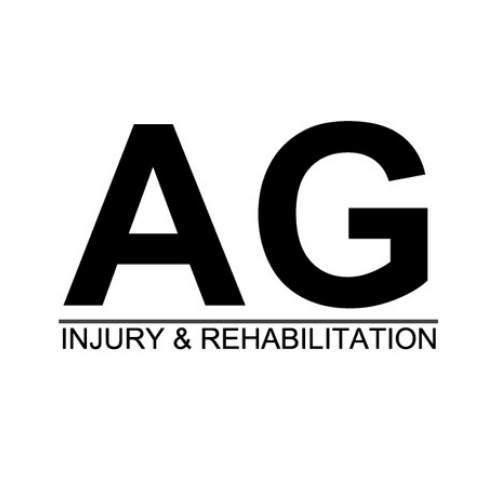
Osteoarthritis, or OA, is the most common cause of physical disability in older adults. It can also be referred to as wear and tear, or called degenerative joint disease. The hip is one of the most common joints affected by the condition.
A joint is where two bones meet. These contacting areas of bone are covered with a tissue called cartilage. It’s smooth design with no nerve supply, allows low friction, pain free movement of the joint.
OA occurs when this cartilage starts to break down. It can wear significantly enough to expose the roughened surfaces of bone beneath, becoming stiff and painful.
There are various reasons why you might develop osteoarthritis. Women are a little more likely to develop OA, as are those who have lead a particularly high impact lifestyle.
Obesity plays a large role in increasing your chances of developing OA. The greater the load on the joints, the more stresses are placed on the tissues. Previous joint injury or structural abnormalities also increase your likelihood of developing OA.
With some simple management, it is possible to significantly decrease your pain, improve your activity & function, and reduce your need for oral painkillers.
Exercise is key. The worst thing you could do by your hip is to stop using it. Focus on low impact exercises such as cycling, or swimming. Address the activities that particularly provoke your symptoms. It may be necessary to temporarily cut back.
Manage your pain with pain killers. This will enable you to perform the necessary exercises to maintain the stability and movement of your joint.
Degeneration causes stiffness, so ensure you regularly move your hip through it’s entire range of movement.
The weaker the muscles, the more excess stresses and strains are placed on the cartilage. Keeping the muscles of your trunk and legs strong and flexible will help you to protect your hip.
OA can reduce the balance and control you have of your hip. Simple daily drills can be practiced which will help to improve this function, and reduce your risk of falling.
Try and link your exercises to day to day activities, such as washing your hands.
Finally, do not be afraid to use a walking aid. Degenerative conditions have good days and bad days. Using a walking stick or elbow crutches can help you to continue to function on these bad days, and prevent you from further provoking your pain.
Do you currently have hip pain that is preventing you from doing certain activities? Remember to head over to our home page to claim your free injury assessment. You won't even have to move from where you are reading this article now, it's a quick and simple online quiz looking at your symptoms!
Alternatively, you can purchase one of our Hip OA rehabilitation programmes below, full of information about how best to get rid of your pain, become more active and get back to doing what you love to do!

